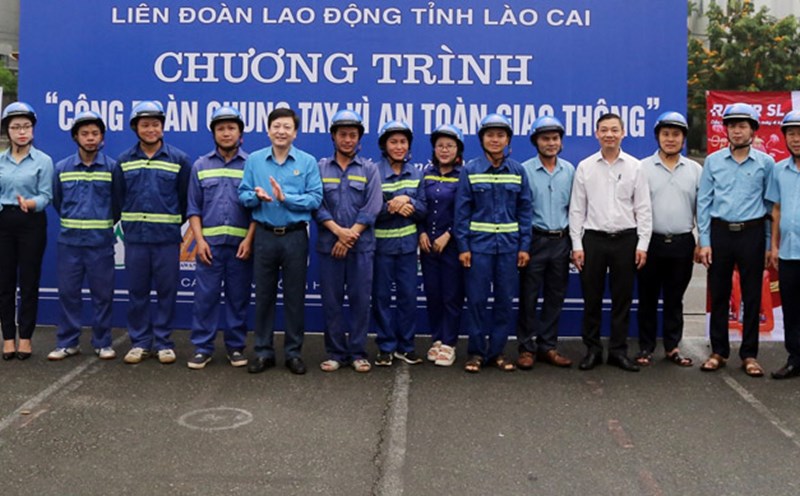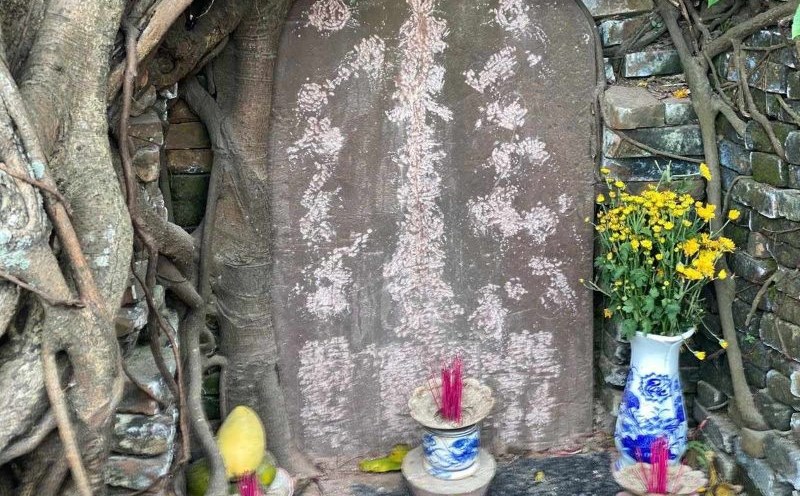According to research, on March 28, 1898, Ho Kieu 1 Bridge (Lao Cai Ward, Lao Cai City) was the first bridge across the Nam Thi River built by the French to connect the two banks of Vietnam and China and was officially inaugurated.
When the Dien - Viet railway connecting Hai Phong - Lao Cai - Con Minh was built, Ho Kieu bridge took on the role of railway bridge, becoming a commercial connection, promoting economic, cultural and social relations between the two countries.

Faced with the growing demand for trade and freight transportation, Vietnam and China have agreed to build another road bridge across the Nam Thi River.
Ho Kieu 2 Bridge (about 200 m from Bridge 1 towards the Red River) started construction in 1999, designed and constructed by engineers from Vietnam and China, with the budget of the two governments. The bridge is 138m long and 14m wide.
In 2001, when Ho Kieu 2 Bridge was completed, the transportation of import and export goods for people as well as tourists became easier and more convenient, contributing to promoting economic cooperation between Lao Cai (Vietnam) - Yunnan (China).
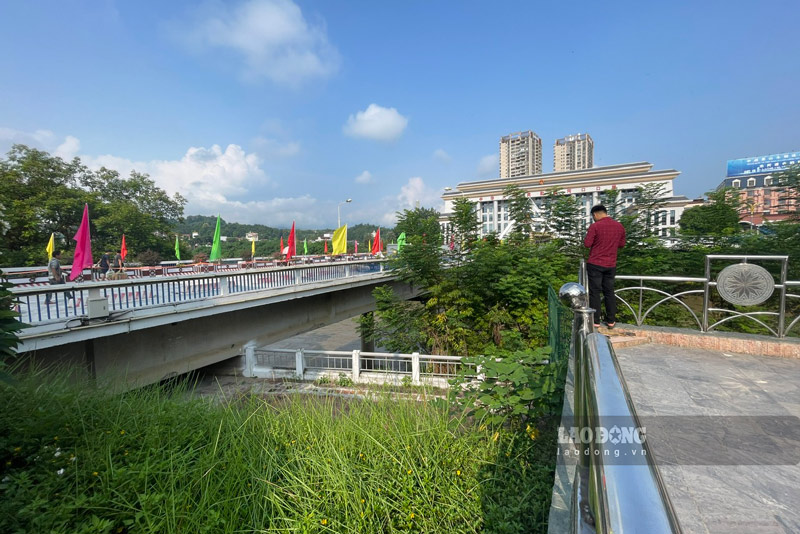
In addition to the Ho Kieu bridge on the Nam Thi river, in 2009, the Kim Thanh road bridge (Lao Cai city) connecting the Bac Son Exit Area (Ha Khau town, Yunnan province, China) was officially opened to traffic.
Kim Thanh Bridge is designed with a length of 280m, width of 21.5m, 5 main pillars and V-shaped bridge piers. The designed cau cover ensures 4 lanes for two-way traffic.
The bridge was completed within 3 years by architects and technical staff of the Vietnam and China Transport sectors in coordination with the design and construction. The total investment capital is about more than 10 million USD.

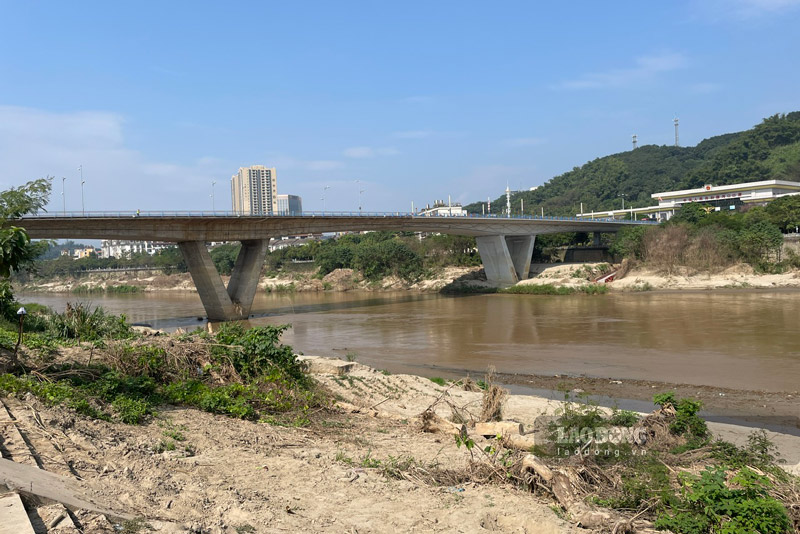
According to statistics, the total value of import and export goods through Lao Cai International Border Gate (Vietnam) - Ha Khau (China) in 2001 only reached nearly 210 million USD, but by 2007 it was 723 million USD (average growth rate reached nearly 20%/year).
By 2019, the import and export turnover of goods at Lao Cai province's border gates reached the highest level at 3.8 billion USD; in 2023 it was 1.159 billion USD (due to the impact of the Covid-19 epidemic).
In 2024, the value of import-export turnover through border gates in the area will reach 3.625 billion USD.
According to information from the Lao Cai Department of Industry and Trade, the total value of import-export, trading and exchanging goods through border gates in the province in March 2025 reached 222.4 million USD.
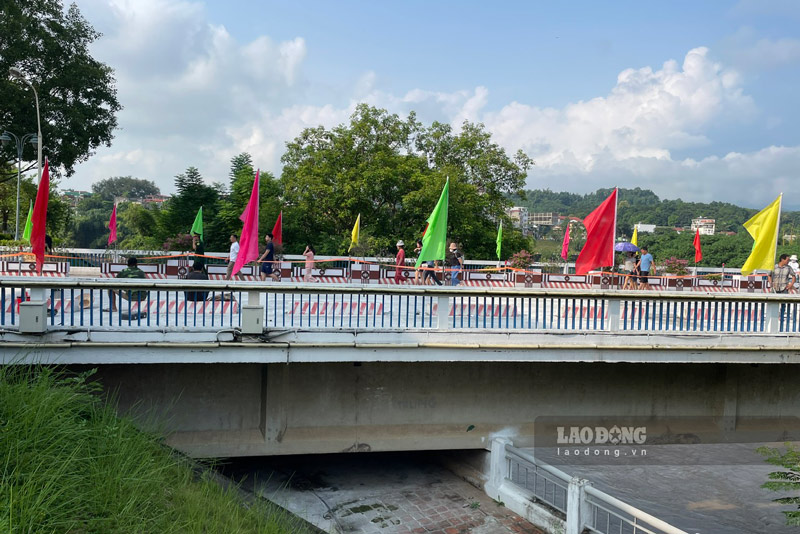
In 2025, Lao Cai strives for the total value of import and export of goods through border gates to reach 9 billion USD.
According to the leader of the Lao Cai Economic Zone Management Board, to achieve the goal of a total import-export value through border gates in the province of 9 billion USD, Lao Cai focuses on developing the border gate economy through trade and logistics services.
In particular, continue to synchronously plan functional areas and invest in infrastructure at Kim Thanh International Road Border Gate No. II.
In addition, investing in the construction of a road bridge across the Red River in Ban Vuoc commune, Bat Xat district is an important project, contributing to promoting the economic and trade development of Vietnam and China.
In addition to the 3 bridges connecting Vietnam - China trade in Lao Cai city, Bat Xat district currently has Thien Sinh bridge (the shortest bridge connecting to China in Y Ty commune) and will soon start construction of a border bridge in Ban Vuoc commune.


